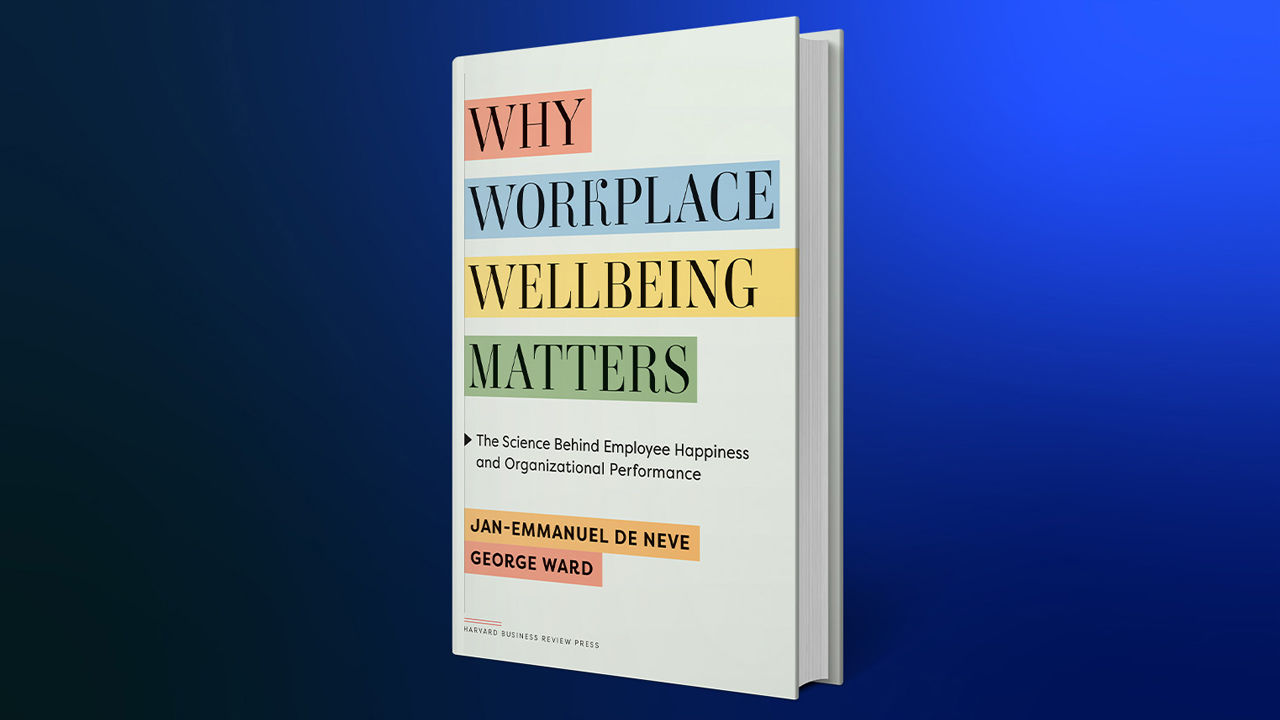




| | | | |
| | Brought to you by Alex Panas, global leader of industries, & Axel Karlsson, global leader of functional practices and growth platforms
| | | | | | | |
| | | | Is your organization designed to meet the challenges of a more turbulent world? The right operating model enables companies to realize the full value of their corporate strategy, but developing that model is a complex, rapidly evolving process. By reimagining the ways their organizations work with value in mind (what we’re calling the “Organize to Value” approach), companies can create effective operating models that translate their strategic potential into strong performance. This week, we look at the essential elements of a modern operating model and how leaders can design their organizations for success. | | | | | | | |
| | | With geopolitical, technological, and societal forces changing so quickly, the classic approach to operating model design—which was established during more stable times—needs a major upgrade. McKinsey Senior Partners Alexis Krivkovich, Amadeo Di Lodovico, Brooke Weddle, and Dana Maor and their coauthors have developed a dynamic new system for operating model design. The 12 core elements of the Organize to Value system (such as purpose, talent, rewards, and technology, including the scaling of AI and automation) can be tailored to an organization’s circumstances and goals. The authors note that an operating model redesign should start with leaders identifying the root causes of why their strategies have not translated into peak performance and then crafting a plan to lead the company through deep change. “Ultimately, a fit-for-purpose operating model that maximizes value creation enables CEOs to achieve four measurable outcomes—clarity, speed, skills, and commitment,” they say. | | |
| | | | | | | | | | |
| | | | | That’s Alex Singla, senior partner and global coleader of QuantumBlack, AI by McKinsey, on how organizations can generate value through gen AI adoption. Based on their research, Singla and his coauthors, Alexander Sukharevsky, Lareina Yee, Michael Chui, and Bryce Hall, note that organizations are starting to reshape their workflows as they deploy gen AI. “It pays to be ambitious from the outset—pursuing end-to-end solutions to transform entire domains, rather than taking a piecemeal, use-case-by-use-case approach,” Singla says.
| | |
| | | | | | | | | | |
| Even “golden rules” can use a refresh in today’s volatile business environment. That’s why McKinsey’s Brooke Weddle, Deepak Mahadevan, Elizabeth Mygatt, J. R. Maxwell, Olli Salo, and Tristan Allen have updated the core principles that guide operating model redesigns. This change reflects how four of McKinsey’s decade-old “nine golden rules” for redesigns have evolved—namely, the greater importance of top team alignment, leadership incentives, upskilling people managers, and the redesign team’s talent and skills, all of which can increase value. The authors find that 97 percent of organizations using all nine refreshed rules will achieve successful redesigns, compared with 59 percent of those that use all nine of the original rules. They also note that companies are now pursuing redesigns to improve efficiency, refocus on growth, execute on their strategy, and increase their agility and speed. “Organizations are no longer simply looking to tweak their structures—they are seeking to build leaner, more adaptable systems that can thrive in the face of uncertainty and disruption,” the authors say. | | | Lead by designing an effective operating model. | | | | | — Edited by Eric Quiñones, senior editor, New Jersey
| | |
| | | |
This email contains information about McKinsey’s research, insights, services, or events. By opening our emails or clicking on links, you agree to our use of cookies and web tracking technology. For more information on how we use and protect your information, please review our privacy policy. |
|
You received this email because you subscribed to the Leading Off newsletter. |
|
|
Copyright © 2025 | McKinsey & Company, 3 World Trade Center, 175 Greenwich Street, New York, NY 10007 |
|
|
|
|
|










